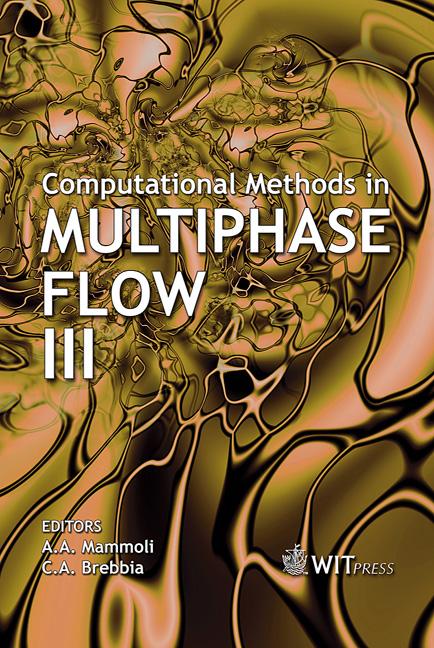A Three-dimensional Finite Element Method For Simulating Gas And Water Two-phase Flow Induced By Excavation In Sedimentary Rock
Price
Free (open access)
Transaction
Volume
50
Pages
9
Published
2005
Size
718 kb
Paper DOI
10.2495/MPF050111
Copyright
WIT Press
Author(s)
H. Li, P. G. Ranjith, Y. Narita, Y. Kawahara & M. Sato
Abstract
This paper describes the developed software MGF2 (Mine Gas Flow 2-Phase)- 3D and its applications. Based on the finite element method on two-phase seepage flow like methane gas and underground water, MGF2 has been mainly applied to simulate the gas gushing problems for disaster prevention during coal mining and excavation processes in sedimentary rock for nuclear waste disposal. The partial differential simultaneous equations for two-phase permeable flow, sorption/diffusion formulations and their finite element discretization as well as two examples of practical application using MFG2 are described in this paper. Keywords: two-phase flow, finite element method, three-dimensional, diffusion/adsorption. 1 Introduction Nowadays, environmental and disaster-prevention problems are becoming more and more outstanding in the engineering of energy resources, coastal construction and nuclear waste underground disposal. Multiphase flow analysis [1] is also becoming more and more important in the environmental remediation of soil and subsurface water pollutions, coal seam gas extraction, carbon dioxide geo-sequestration, etc. The projects to simulate and predict gas coupled with water permeable flow phenomena induced by excavation in sedimentary rock are increasing. In China, coal, the mining and consumption of which are bringing large quantities of greenhouse gas to the atmosphere, is unfortunately by far the main primary energy resource, which makes it an urgent need to enhance the coal bed methane production as the most reliable means to reform current energy
Keywords
two-phase flow, finite element method, three-dimensional, diffusion/adsorption.





